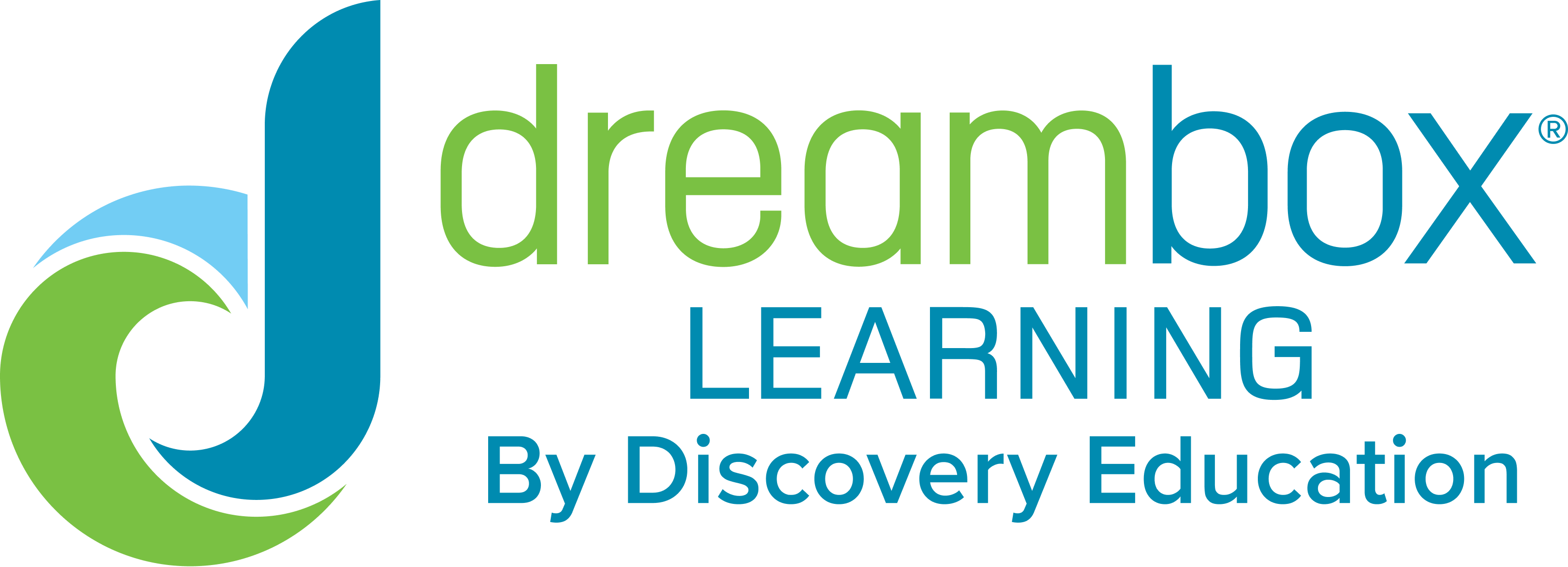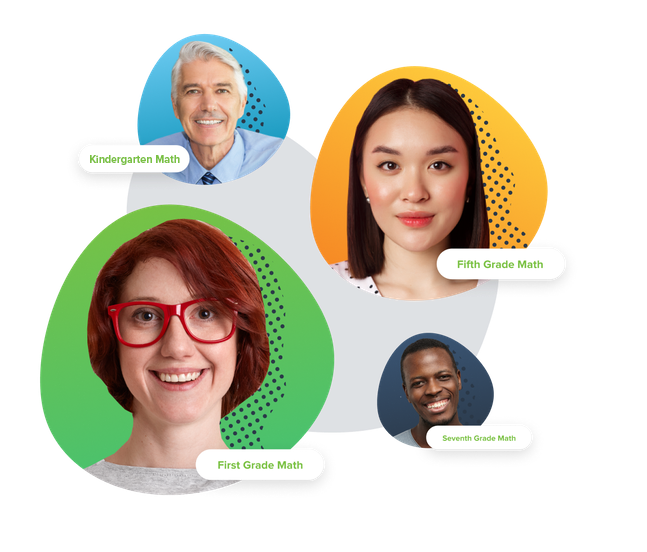Education used to follow a strict instructional model: Learn new material in class, do homework at home, review and repeat. But blended learning is changing all that, and many teachers are using technology to embrace a new model of education: Flipped learning.
Like blended learning, the flipped learning model of education combines face-to-face classroom instruction with computer-based activities, making a point of integrating technology into the lesson, rather than simply having it play a supplemental role.
With the flipped learning model, teachers use class time for review and practice of material, while instruction of new concepts is learned at home via a video made by the teacher. This allows for more individualized instruction during the day, and educators are loving it.
“The engagement is higher and I have more interaction,” Jo-Ann Fox, an elementary school teacher in Southern California, told U-T San Diego. “I know my students’ strengths and weakness better than I ever have before.”
Like her colleagues around the country, Fox makes unique videos each week that explain new math concepts. Students then watch the videos as a part of their homework each night, and Fox can devote class time to reviewing material with kids who need extra help.
Although the flipped learning model is being used across the age spectrum, teachers have found that it is particularly helpful for elementary-age students who have grown up around technology. According to The News-Times, teachers have found that this method of instruction helps students achieve at a higher level and learn more independently.
Jon Bergmann, one of the creators of the flipped learning model, has also made the point that it encourages students to take initiative when it comes to absorbing new material, rather than passively listening to a teacher lecture, U-T San Diego explained.
As a form of blended learning, the flipped classroom model makes it possible for teachers to have more interaction with students on a one-on-one basis.
“A lot of teachers are deciding that providing direct [lectures] is not the best use of that time,” Kevin Fairchild, a Southern California science teacher, told U-T San Diego.”But guiding [students] in higher-level thinking activities is a better use of time.”
The new method of teaching may take a bit of adjusting for students, but in the end many have found that it’s a more effective way to learn.
“The kids love it,” Sondra Olivieri, a sixth-grade language arts teacher, told The News-Times. “They know the material better. There’s no doubt about it.”

@DreamBox_Learn










